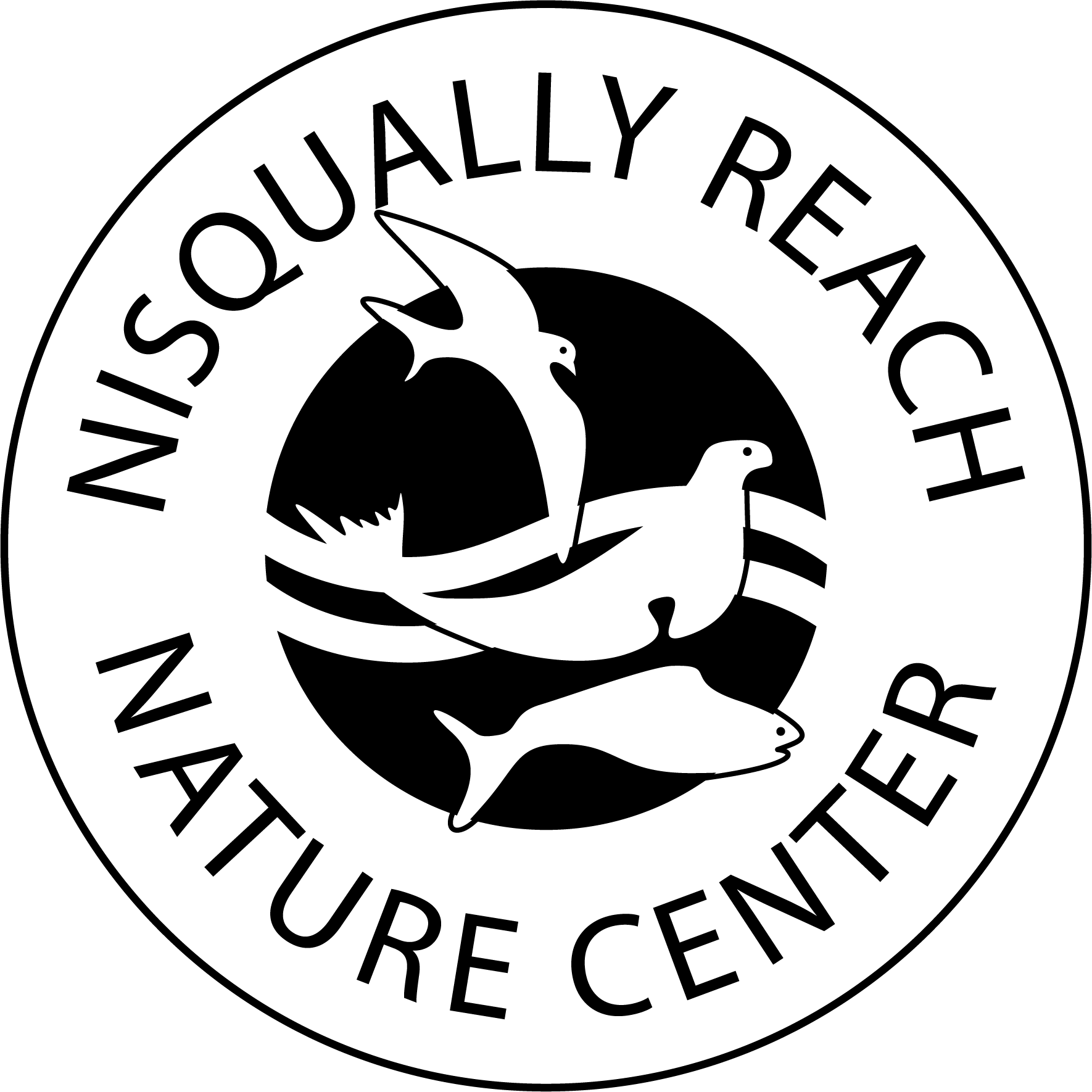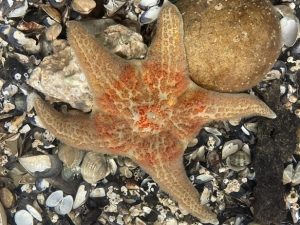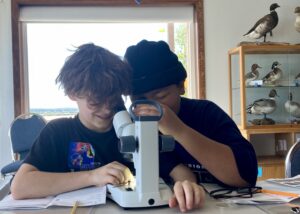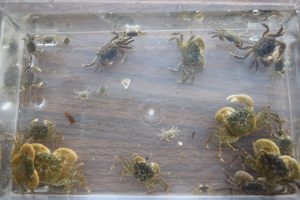Beach Walk
1 hour
For ages PreK-Adult
$100 for 5-19 people, $175 for 20-35 people
What can we find at the beach? Learn about the five zones of nearshore and shoreline habitat, the importance of estuaries, and the animals that live here. Next we’ll learn about beach etiquette and take a guided nature walk on Luhr Beach. Using binoculars and guidebooks, we’ll find and document the wildlife we observe.
Scientific Survey: Shore Crabs
1.5 hours
For ages 2nd grade-Adult
$150 for 5-19 people, $275 for 20-35 people
What’s under the rocks? After an introduction to nearshore habitat, we’ll head out onto the beach to find out. Students will be split into small groups and provided with a square quadrat, a collection cup, ruler, and data sheets. Students place their quadrats and remove rocks and mud in their squares to find shore crabs, which are collected and measured. We’ll record data and test predications by comparing what we find in different areas of the beach.
Scientific Survey: Benthic Invertebrates
1.5 hours
For ages 2nd grade-Adult
$150 for 5-19 people, $275 for 20-35 people
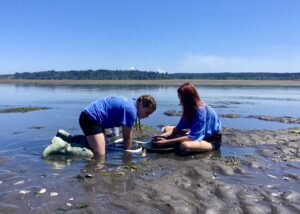
What’s in the mud? After an introduction to nearshore habitat, we’ll head out onto the beach to find out. Students will be split into small groups and provided with a square quadrat, a trowel, a collection cup, ruler, and data sheets. Students place their quadrats and dig into the mud in their squares to find invertebrates, which are collected and measured. We’ll record data and test predictions by comparing what we find in different areas of the beach.
Scientific Survey: Fish Seine
1.5 hours
For ages 2nd grade-Adult
$150 for 5-19 people, $275 for 20-35 people
What lives in the water near the shore? After an introduction to nearshore habitat, we’ll work together to deploy our 50-foot seine net. Everyone can help carry the seine net to the beach, place it in the water, and bring it to shore. Then we’ll collect the fish, small shrimp, and potentially other animals caught in the net. Back inside the Center, students will identify and measure the fish and record their data on worksheets.
